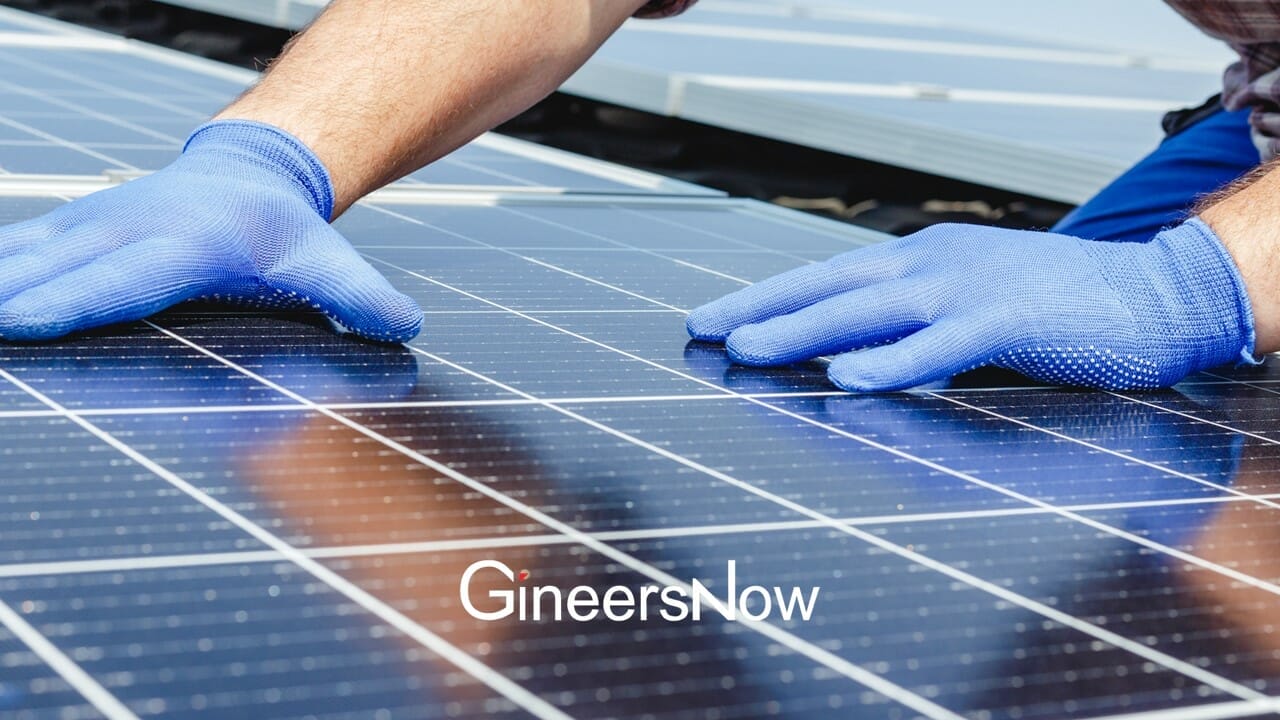Perovskite efficiency is better than silicon
Silicon, which cells are interconnected to form a circuit, makes up majority of the solar panels sold in the market today. As the joined solar cells increase, the amount of power produced by the system also increases.
But it appears that silicon is not the only efficient material that can harness energy from the sun.
Researchers at the Department of Energy’s National Renewable Energy Laboratory (NREL) experimented with perovskite solar cells and discovered that it set efficiency records better than silicon. Moreover, in the United States, it is much cheaper to make and have shown that it has immense performance potential in the lab.
However, one major problem remains: its scalability. Research indicates that as the cell and module area increases, the efficiency in a perovskite solar cell declines.

Photo by NREL
Kai Zhu, materials science researcher at NREL, claims on the other hand that it is scalable. He said that the research team only needs to “demonstrate efficiency and yield at a large-scale to move the technology beyond the laboratory.”
In a new Nature Reviews Materials paper called “Scalable Fabrication of Perovskite Solar Cells,” Zhu and his colleagues tries to get around with this problem with three scalable deposition methods, being non-uniform coating of chemicals in the cell a contributing factor attributed to declined efficiency: blade coating, slot-die coating and ink-jet printing.
The first one is a process which uses a blade to spread the chemical solution on substrates to form wet thin films. The second one is a method that relies on a reservoir to supply the precursor ink in order to apply ink over the substrate. Meanwhile, the last one uses a small nozzle to disperse the precursor ink.
NREL researchers continue to explore on how to make perovskite solar cells work in different scales. In the paper, they noted that one area in particular that needs more attention is the ideal architecture of a perovskite solar module.
But until the issue of scalability is resolved, the advantages of perovskite solar technology, including efficiency and cost to sum, remain hypothetical.
Source: TechXplore











